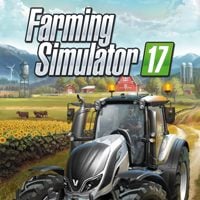Farming Simulator 17: Animal husbandry step-by-step
This chapter provides you with all the information on animal husbandry, step-by-step. Additional hints, e.g. on well-balanced food can be found in previous chapters devoted to individual animals.
1. Purchasing
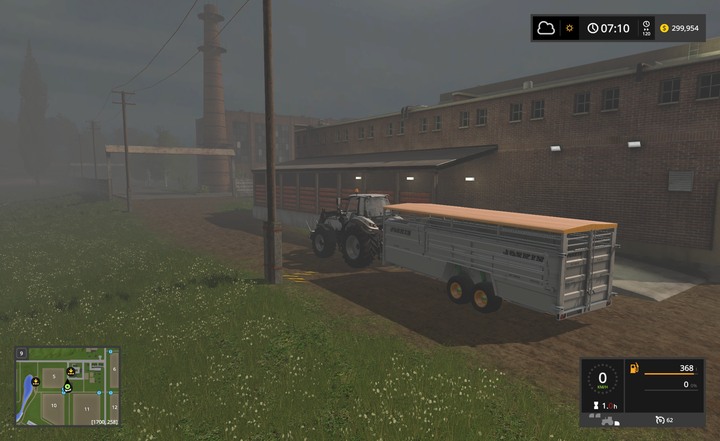
You buy animals from Animal Merchant (the icon on the map). As you already know, you can buy a trailer for transportation of animals (the cheapest one is $24,000) or pay for the transport (the charge of $200/animal is include into the purchase price). Right after you buy them, the animals are taken to their enclosures and pastures shown on the map. A trailer is a good idea when your production coefficient is very high and you want to avoid overproduction of animals. Pigs are a separate issue here, because their high reproduction and selling is a key to making profit.
2. Giving water
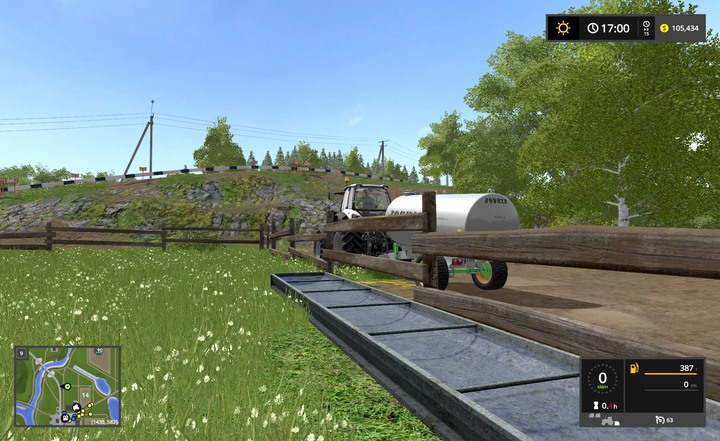
It is a good idea to get prepared with the simplest matter, which is water. The only thing you need for that is the Joskin AquaTrans 7300 S trailer($9 500) in the Animals category. You fill it up by driving up to any water reservoir (touch to water in the river with the trailer), use sources - you find them in your HQ in Goldcrest Valley, or fill it up using the Water tower - 18,000 (Objects category) - although you can also find many of them in Goldcrest Valley. At the beginning of the game, the filled up tank will last you for quite long and if you only have one type of animals, you can park it in the spot where you fill the trough - this is where you fill troughs (one with water and the other one with food, at the external edge of the pasture).
3. Feeding and padding
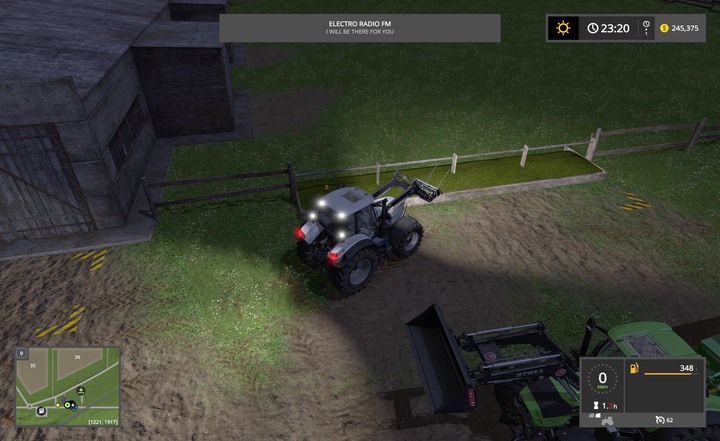
Feeding is a vast topic, because it is different for each type of animals and it has been described in detail in previous chapters. When it comes to cows and sheep, grass and its derivatives are the basic food, for pigs it is crops (especially corn) and tuberous plants, as well as feed from shop, which you can buy by palettes and pour into the dump car right afterwards.
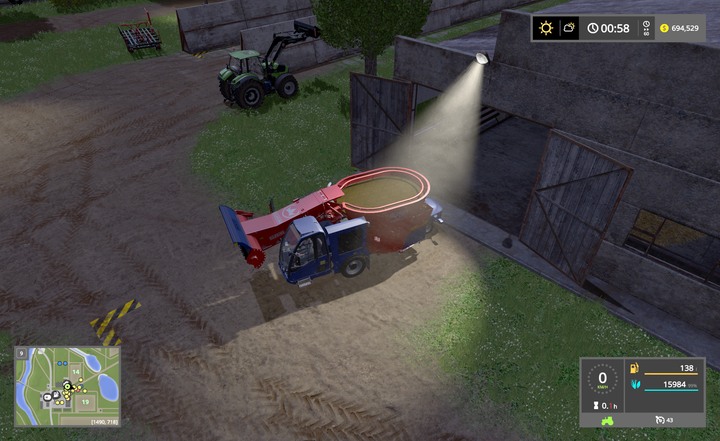
To feed animals, you simply have to drive into the shed (in the case of cows) and unload bales, or other load, into the troughs there: this also applies to straw; in the case of pigs, there also is a marked area by the enclosure (where there are no troughs), which is where you unload straw. Without straw, you will not get any manure and efficiency drops slightly. You can also find troughs in pastures/ by the enclosure (pigs/sheep), which you can also fill with food.
Note - you should know that food that you deliver to the shed (cows) in bales can be stored above the maximum level (while trying to unload the trailer there, you receive a message that you have reached maximum, but not while unloading manually).
4. Cleaning

The final stage of works is cleaning. You have to do that quite often, if you want to maintain high efficiency. It influences effectiveness at the level of 0 do 10%, depending on the degree of fouling. Within one day, your effectiveness may drop entirely, which means that it can get as dirty as possible.
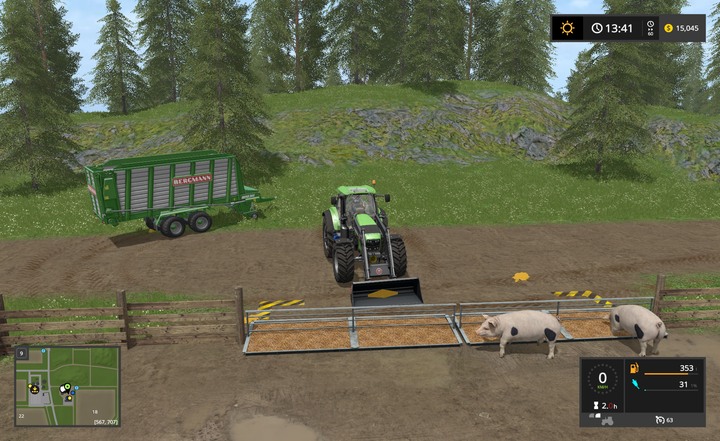
To clean up, get a universal shovel or a forage wagon. Drive up to the pasture, where there is an external feeding trough and collect feed/grass around it. It may be a little time-consuming, if you use a loader for that, but using the trailer will get everything clean after one take.
In the case of total fouling, do not hurry too much - the situation may be that right after you do the cleaning, more feed that need cleaning will appear immediately afterwards. It is best to monitor the cleaning status in the Animals tab.
You are not permitted to copy any image, text or info from this page. This site is not associated with and/or endorsed by the developers and the publishers. All logos and images are copyrighted by their respective owners.
Copyright © 2000 - 2025 Webedia Polska SA for gamepressure.com, unofficial game guides, walkthroughs, secrets, game tips, maps & strategies for top games.
